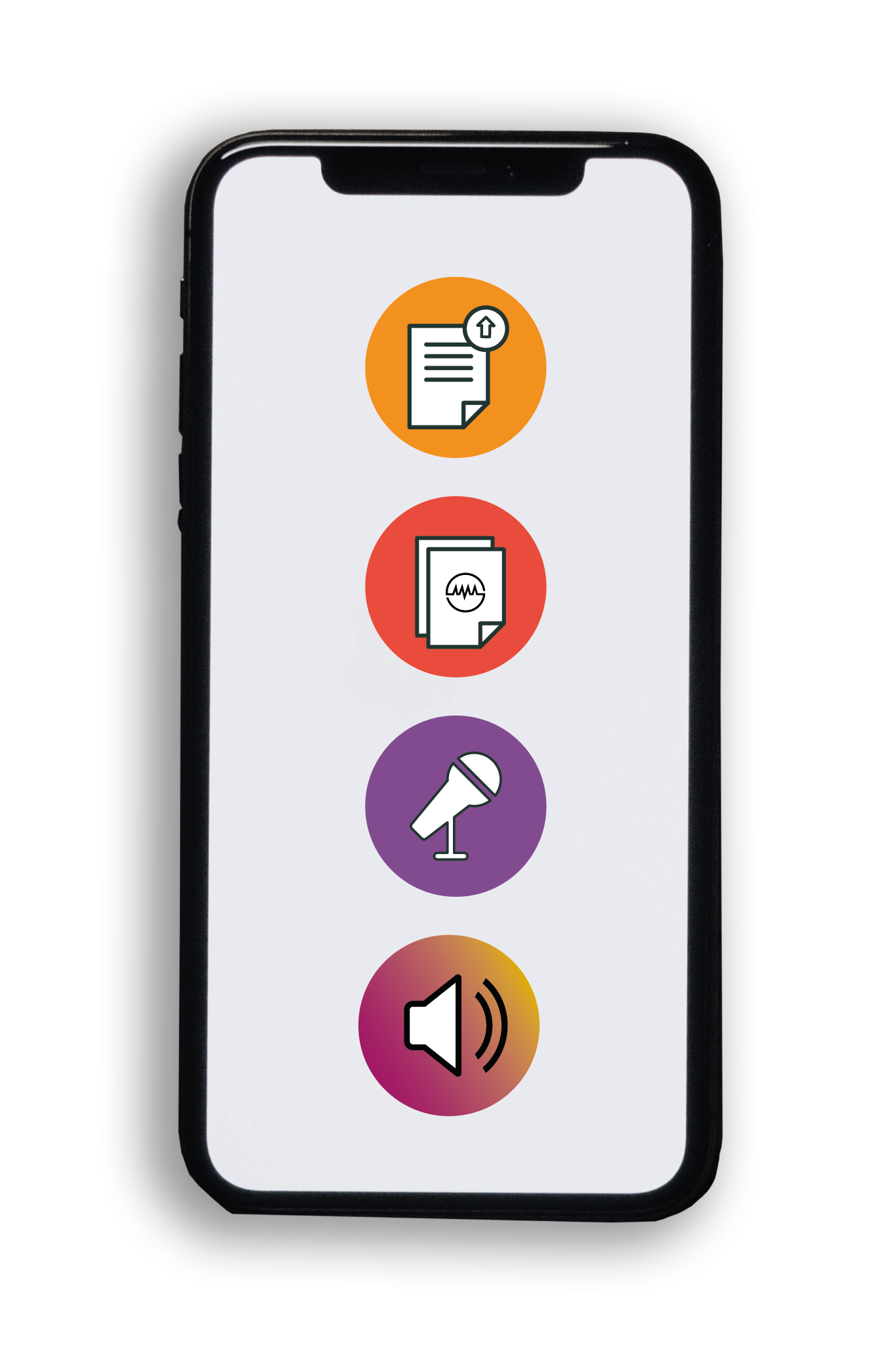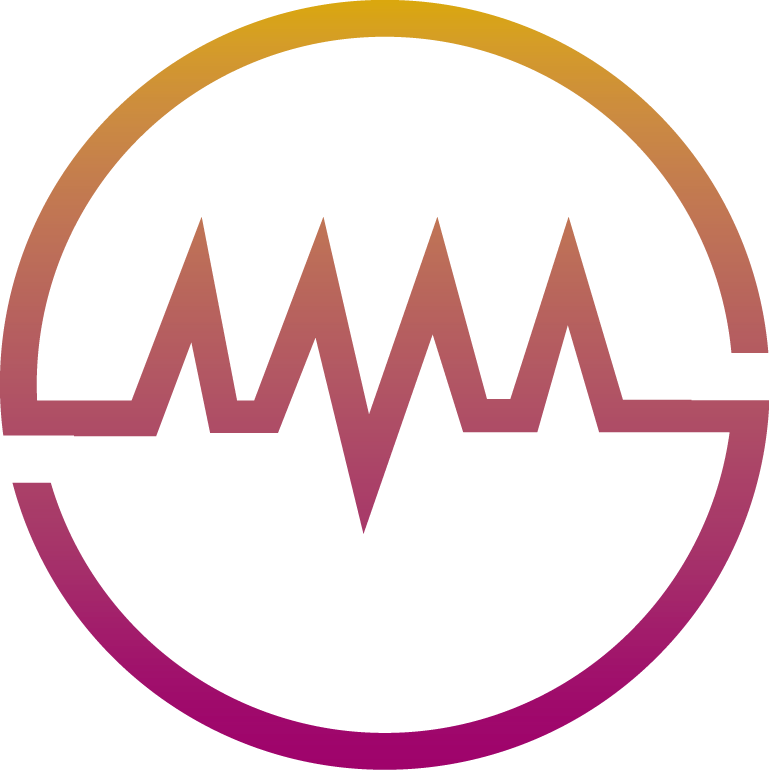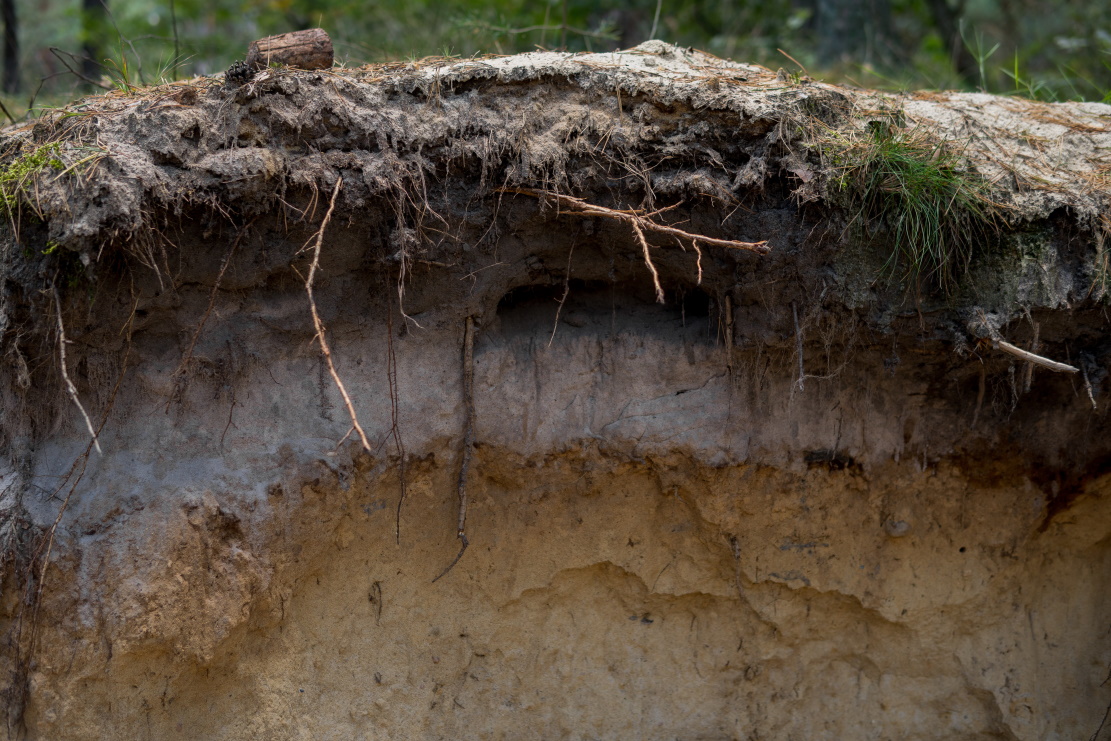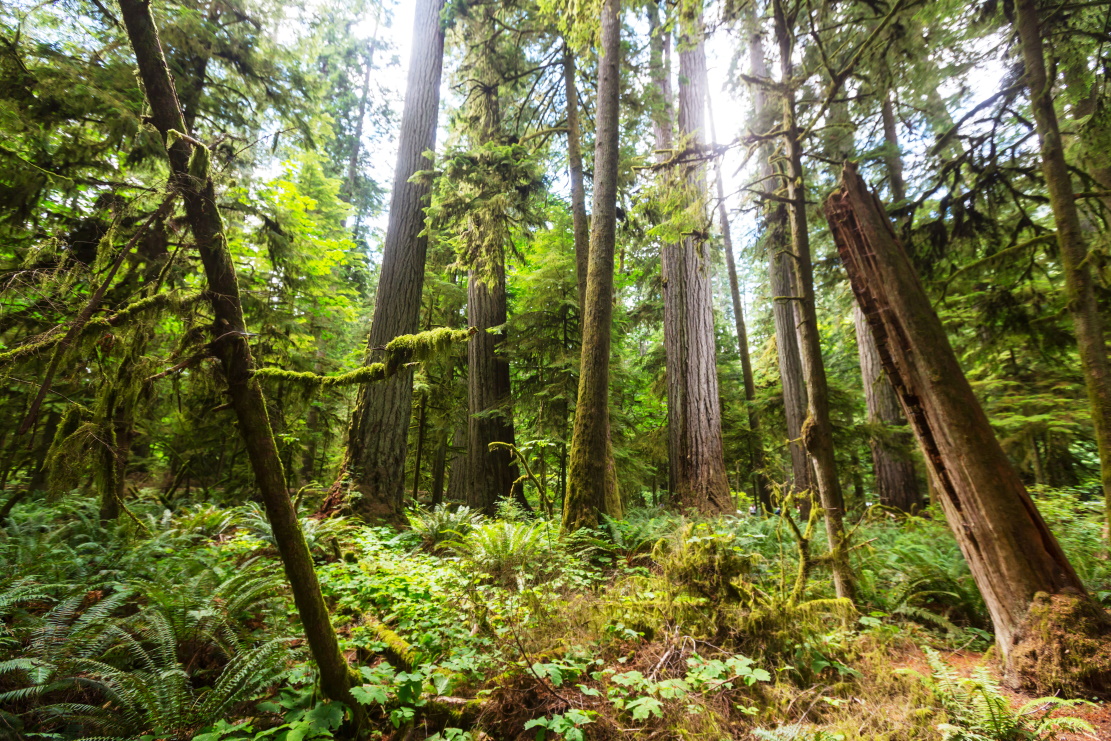Using Plants As A Source Of Anti – Cancer Compounds For Undergraduate Research Experiences – Dr Patrick Still, California State University, Dominguez Hills
Original Article Reference
This SciPod is a summary of
https://doi.org/10.33548/SCIENTIA569
Share Episode
About this episode
Cancer, in all its forms, is one of the major causes of death across the world and we are in urgent need of more effective interventions for this global killer. Drugs used to treat diseases like cancer can be either synthetic in origin, semi-synthetic derivatives of natural products, or unmodified natural products. Dr Patrick Still and his team at California State University, Dominguez Hills (CSUDH), conduct research to identify and biologically screen anti-cancer compounds derived specifically from plant materials. Studies involving structure elucidation and biological testing of compounds from plants have provided undergraduate research experiences for students across chemical and biological sciences majors on the CSUDH campus.
This work is licensed under a Creative Commons Attribution 4.0 International License. 
What does this mean?
Share: You can copy and redistribute the material in any medium or format
Adapt: You can change, and build upon the material for any purpose, even commercially.
Credit: You must give appropriate credit, provide a link to the license, and indicate if changes were made.
More episodes
Professor Alex McBratney | Securing the Soil Beneath Our Feet: Mapping and Managing Australia’s Hidden Asset
Soil is one of the most important resources on the planet. It grows our food, regulates water, supports ecosystems, and stores vast amounts of carbon. But it’s also incredibly complex, and surprisingly poorly understood. In Australia, Prof. Alex McBratney of the University of Sydney and his colleagues are changing that. By working with the Soil Security Assessment Framework, they’ve developed new tools and approaches that are helping to reshape how we measure and manage soil. From identifying similar soils and grouping them into categories, to estimating the monetary value of their ability to support food production, to surveying how people relate to the land beneath their feet, their work is creating a new language for talking about soil. Here, we explore the studies that put the framework into action and show why securing our soils is essential not just for farming and food security, but for ecosystems, economies, and climate resilience too.
Professor Alex McBratney | Soil Security Starts Here: a Framework for the Future
Soil sits at the heart of nearly every major challenge humanity faces, from food, water and energy security to climate change, biodiversity loss, human health, and the delivery of vital ecosystem services. But, soil itself is increasingly under threat. As these pressures intensify, soil security has become a global priority in its own right. Yet despite its critical role, there are still gaps in how we understand, study and manage soil. Too often, soil research fails to reach the land managers, policymakers and communities who need it most. At the University of Sydney, Professor Alex McBratney and his colleagues are working to change that. They’re leading the development of the Soil Security Assessment Framework, a new approach that considers not just what soil is, but what it does, how it’s valued, and how it’s governed. By defining five interconnected dimensions of soil security, the team is helping to shape a more strategic, outcome-focused research agenda, designed to translate scientific insight into practical actions.
Dr. Kai Hilpert | AI-Powered Prediction of Antimicrobial Peptides in Human Serum: A New Strategy Against Resistant Bacteria
In the 20th century, antibiotics transformed medicine. Infections that once killed millions could be cured with a pill or injection. Surgeries became safer, cancer treatments more effective, and advanced medical interventions, such as organ transplants, became possible, all because doctors could rely on these drugs to control infections. Unfortunately, today, that foundation is crumbling. Bacteria are evolving faster than medicine can keep up. Common antibiotics are failing, and infections that were once easily treatable are becoming deadly again. In 2019 alone, antimicrobial resistance was linked to nearly five million deaths worldwide, making it deadlier than HIV or malaria. The economic cost is equally staggering: the World Bank warns of trillions lost in global productivity and millions pushed into poverty if nothing changes. This crisis, caused by antimicrobial resistance, has been described as a “silent pandemic.” Unlike a sudden outbreak, it spreads quietly, making routine medical care slightly more dangerous each year. Yet amid this grim outlook, new research is opening a window of hope. At the forefront of new innovations in this area are Dr. Kai Hilpert of City St George’s, University of London, and his colleagues, who are pioneering an approach that combines biology, chemistry, and artificial intelligence to reinvent how we discover infection-fighting medicines. Their work has been recognised with a prestigious award from the UK’s Biotechnology and Biological Sciences Research Council, BBSRC.
Dr. Rhonda Millikin | When Fighting Fire Backfires: How Cutting Trees Can Raise Fire Risk
Across North America, the phrase “fuel management” is used almost as often as “climate change” when people talk about wildfires. The idea is simple: forests burn because they are full of fuel, including trees, shrubs, branches, and dried leaves. If you remove some of that material, you make it harder for a wildfire to spread. Provincial governments, towns, and even ski resorts such as Whistler in British Columbia, Canada have invested millions of dollars in “fuel thinning,” which involves sending crews into the woods to cut down trees and haul away brush. While fuel thinning feels like common sense, Dr. Rhonda Millikin, a scientist based in Whistler, and her colleagues have found that what seems like common sense in one type of forest can be dangerously misleading in another. Their research, recently published in the journal Fire, revealed that in Whistler’s coastal rainforests, dense, wet, and shaded ecosystems, fuel thinning often has the opposite effect of what is intended. Instead of making these forests safer, thinning makes them drier, windier, and hotter: exactly the conditions that help wildfires spread.
Increase the impact of your research
• Good science communication encourages everyday people to be scientifically literate so that they can analyse the integrity and legitimacy of information.
• Good science communication encourages people into STEM-related fields of study and employment.
• Good public science communication fosters a community around research that includes both members of the public, policymakers and scientists.
• In a recent survey, 75% of people suggested they would prefer to listen to an interesting story than read it.

Step 2 SciPod script written
Step 3 Voice audio recorded
Step 4 SciPod published




